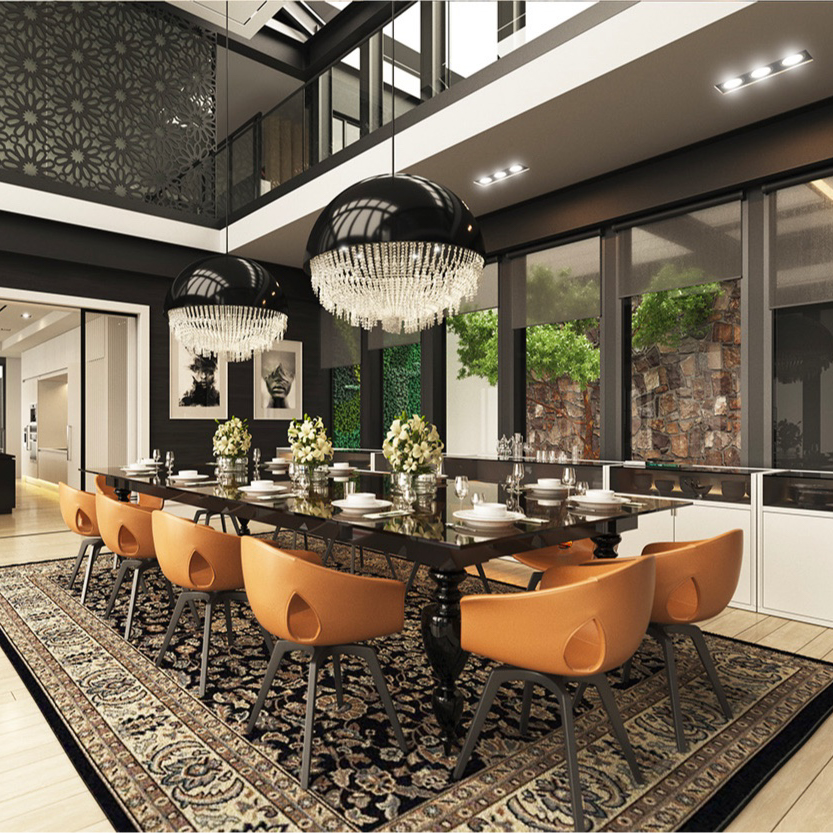Introduction
When it comes to interior design, ceilings are often an overlooked element of the space. However, incorporating ceiling treatments can add depth, interest, and drama to any room. Ceiling treatments can range from simple and subtle to bold and ornate. In this article, we’ll explore the different types of ceiling treatments and how they can enhance the overall aesthetic of a room.
Types of Ceiling Treatments
Painted Ceilings
One of the easiest and most affordable ways to enhance a ceiling is to simply paint it. By painting the ceiling a different color than the walls, you can create a visual separation between the two and add depth to the room. A painted ceiling can also be used to highlight a room’s architecture, such as a coffered or tray ceiling.
Coffered Ceilings
A coffered ceiling is a series of recessed panels that create a grid-like pattern on the ceiling. Coffered ceilings are often found in traditional or formal spaces and can add a sense of elegance and sophistication to a room. Coffered ceilings can be painted or stained, and can be made from a variety of materials such as wood, plaster, or metal.
Tongue and Groove Ceilings
A tongue and groove ceiling is made from interlocking boards that create a smooth, even surface on the ceiling. Tongue and groove ceilings can be stained or painted and can be used in a variety of styles, from rustic to contemporary. They are often found in areas with high ceilings, such as great rooms or entryways.
Textured Ceilings
Textured ceilings can add visual interest and dimension to a space. There are a variety of texturing techniques, such as popcorn ceilings or stucco ceilings, that can create a unique and visually appealing ceiling. However, it’s important to note that textured ceilings can be difficult to maintain and can be difficult to remove if you decide to update your space.
Metal Ceilings
Metal ceilings are a growing trend in interior design. Metal ceilings are often made from tin or aluminum and can be painted or left as a raw metal finish. Metal ceilings can add an industrial or modern touch to a room and can be used in a variety of styles, from traditional to contemporary.
Design Considerations
When incorporating a ceiling treatment into your space, it’s important to consider the overall design aesthetic of the room. If the space is traditional or formal, a coffered or textured ceiling may be the perfect addition. However, if the space is modern or contemporary, a metal or tongue and groove ceiling may be more appropriate.
It’s also important to consider the height of the ceiling when choosing a treatment. Coffered ceilings, for example, require a height of at least 8 feet to create the desired effect. Textured ceilings or painted ceilings can work well in spaces with lower ceilings.
Finally, it’s important to consider the cost and time involved in installing a ceiling treatment. Some treatments, such as painted ceilings, can be done relatively quickly and affordably. However, more ornate treatments, such as coffered or metal ceilings, can be costly and time-consuming.


